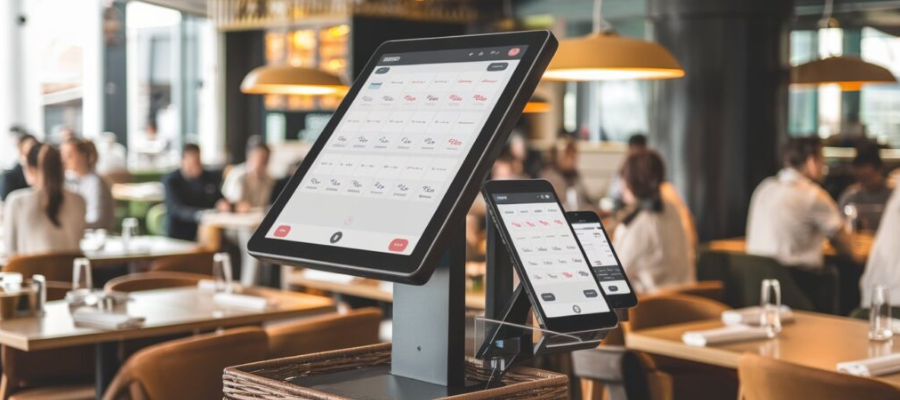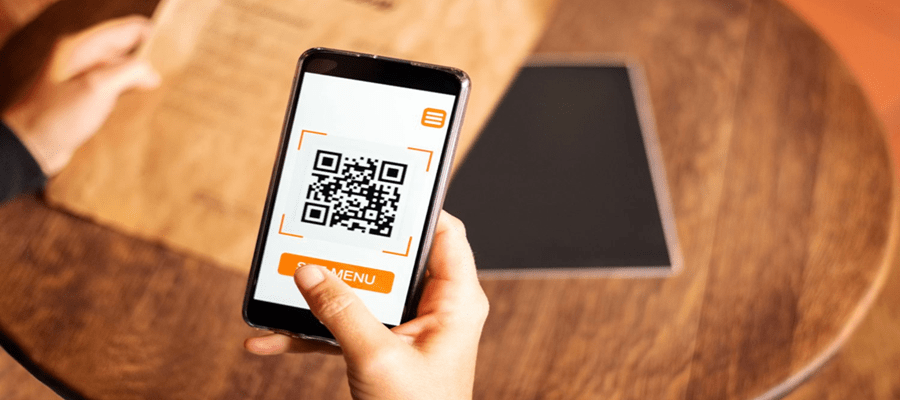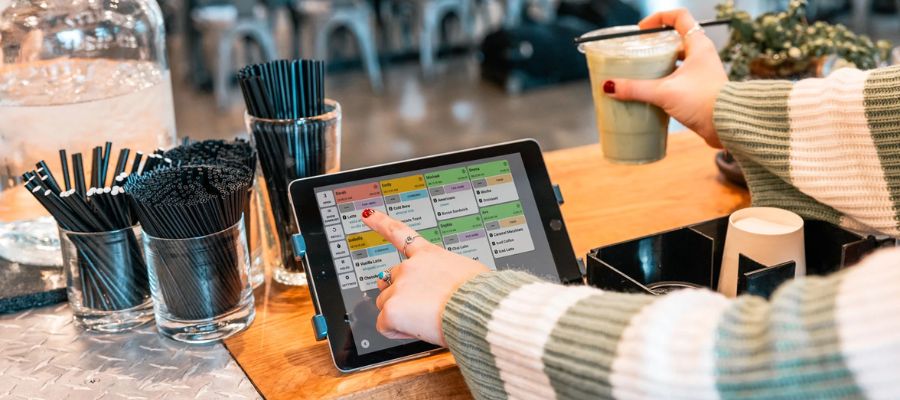
Revolutionizing Restaurant Management: How POS Automation Can Boost Growth
The restaurant industry is evolving rapidly, and technology is playing a crucial role in reshaping operations. With rising competition, customer expectations, and operational complexities, restaurant owners must embrace innovation to stay ahead. One of the most impactful technologies transforming the restaurant business is the Point of Sale (POS) system. A modern POS does much more than process transactions; it automates critical operations, enhances customer experiences, and drives business growth.
In this blog, we’ll explore how a POS system can automate restaurant processes and contribute to sustainable growth.
Understanding POS Systems for Restaurants
A Point of Sale (POS) system is a combination of hardware and software that enables restaurants to manage orders, payments, inventory, customer data, and overall business operations efficiently. Traditional POS systems were primarily cash registers, but modern cloud-based POS solutions offer a comprehensive suite of features designed to streamline restaurant management.
Benefits of Automating Your Restaurant with a POS System
1. Streamlining Order Management
Order management is the heart of any restaurant, and an advanced POS system automates this process, reducing errors and enhancing efficiency. With an integrated POS system, orders from multiple channels (dine-in, takeaway, online delivery) are directly synced into the system, ensuring seamless coordination between front-end staff and kitchen operations.
Benefits:
-
Faster order processing
-
Reduced human errors
-
Improved kitchen efficiency
-
Enhanced customer experience
2. Optimizing Inventory Management
Managing inventory manually can be tedious and error-prone. A POS system automates inventory tracking, alerts managers about low stock levels, and provides real-time insights into usage patterns.
Benefits:
-
Reduces waste and overstocking
-
Ensures accurate stock levels
-
Tracks ingredient usage for cost control
-
Prevents theft and pilferage
3. Enhancing Customer Relationship Management (CRM)
A restaurant POS system stores valuable customer data, allowing you to analyze preferences, track purchase history, and offer personalized promotions.
Benefits:
-
Strengthens customer loyalty
-
Enables targeted marketing campaigns
-
Offers personalized dining experiences
-
Increases repeat business
4. Seamless Online Ordering and Delivery Integration
With the rise of food delivery apps, restaurants need to integrate their POS system with third-party delivery platforms. Modern POS systems ensure a smooth connection between your restaurant and platforms like Uber Eats, DoorDash, and Zomato.
Benefits:
-
Reduces manual entry errors
-
Enhances order accuracy and speed
-
Increases revenue through online sales
-
Provides centralized control over all orders
5. Automating Payment Processing
A POS system enables restaurants to accept multiple payment methods, including cash, credit/debit cards, digital wallets, and contactless payments. Automated payment processing ensures secure transactions and faster checkouts.
Benefits:
-
Enhances customer convenience
-
Reduces human handling of cash
-
Ensures secure payment processing
-
Accelerates service speed
6. Real-Time Analytics and Reporting
Data-driven decision-making is key to growing a restaurant business. A POS system provides real-time analytics and detailed reports on sales, expenses, and customer preferences.
Benefits:
-
Identifies best-selling items
-
Tracks peak hours and demand trends
-
Aids in strategic decision-making
-
Enhances profitability and cost control
7. Employee Management and Payroll Automation
A POS system can track employee attendance, shift schedules, and performance metrics. This automation reduces administrative burdens and streamlines payroll processing.
Benefits:
-
Reduces payroll errors
-
Enhances workforce productivity
-
Prevents time theft
-
Ensures compliance with labour laws
8. Loyalty Programs and Discounts
Customer retention is as crucial as acquiring new customers. A POS system can automate loyalty programs, offering rewards, discounts, and exclusive deals to frequent visitors.
Benefits:
-
Encourages repeat customers
-
Improves customer satisfaction
-
Increases average order value
-
Builds long-term brand loyalty
9. Multi-Branch Management
For restaurant chains or franchises, managing multiple locations can be challenging. A centralized POS system provides real-time data and operational control over all branches.
Benefits:
-
Consistent service quality
-
Centralized menu and pricing updates
-
Uniform reporting and analytics
-
Streamlined supply chain management
Choosing the Right POS System for Your Restaurant
Selecting the right POS system is crucial for maximizing the benefits of automation. Here are key factors to consider:
-
Cloud-Based vs. On-Premise: Cloud-based POS systems offer remote access and automatic updates, while on-premise solutions provide greater control over data security.
-
Integration Capabilities: Ensure the POS system integrates with your accounting software, online ordering platforms, and marketing tools.
-
User-Friendly Interface: Staff should be able to learn and operate the system easily.
-
Customization Options: Choose a POS that caters to your specific restaurant type (fast food, fine dining, cafe, etc.).
-
Scalability: Ensure the POS can grow with your business and support multiple locations.
Conclusion
Automating restaurant operations with a modern POS system is no longer a luxury but a necessity for sustainable growth. From streamlining order management and inventory control to enhancing customer relationships and driving sales, a POS system can transform your restaurant's operations. By investing in the right POS technology, restaurant owners can improve efficiency, reduce costs, and deliver exceptional customer experiences, ultimately driving profitability and business expansion.


